In the fast-moving world of startups and digital innovation, building a Minimum Viable Product (MVP) quickly can mean the difference between success and missed opportunity. No-code tools like Bubble have transformed how entrepreneurs and product teams validate ideas, launch faster, and even scale without needing full engineering teams. This guide walks you through how to build scalable MVPs using no-code solutions especially Bubble while optimizing for long-term growth and stability.
Understanding MVPs and the Role of No-Code
A Minimum Viable Product is not just a stripped-down version of your final product. It’s a fully functioning product with the core features needed to solve a problem and validate demand. The traditional development path to building an MVP often involves significant time, coding expertise, and financial investment.
No-code platforms like Bubble, Webflow, Glide, and Adalo eliminate much of the complexity and cost associated with traditional development. With drag-and-drop interfaces, built-in backend logic, database support, and integration capabilities, these platforms allow non-technical founders and teams to go from idea to MVP in days or weeks not months.
Why Choose Bubble for MVP Development?
Bubble is a standout in the no-code ecosystem for several reasons. It offers pixel-perfect design freedom, a visual logic builder, and a powerful backend with a real-time database all without writing code. Its scalability is what makes it different from many other no-code platforms. You can launch a prototype and keep building on it as your user base grows.
The beauty of Bubble is that it allows full control over your application's logic, layout, and workflows. You can set up complex user flows, third-party integrations, and even build custom APIs visually. For MVPs, this means faster iteration and real feedback loops.
Planning Your MVP: Start With the Problem
Every MVP begins with a clearly defined problem. Before even opening Bubble, outline your user's pain points, your core solution, and the minimum features required to test your idea. These could be as simple as:
- A signup/login system
- A dashboard or listing page
- A simple form or transaction flow
- Backend database to store and retrieve data
Use tools like Miro or Notion to map out the features and flow. Keep it lean. The goal is to validate the need, not to build a complete product.
Setting Up Your Project in Bubble
Once you're clear on your MVP’s scope, it’s time to dive into Bubble.
1. Set Up Your Pages and Navigation
Create the primary pages your app will use such as Home, Login, Dashboard, Profile, etc. Bubble's reusable elements and page templates help you maintain consistency and save development time.
2. Build the Database Structure
Bubble uses a built-in database that lets you define custom data types. For instance, a job board app may have “Jobs,” “Users,” and “Applications” as types. Keep your structure simple but flexible to allow changes as your product evolves.
3. Design Your UI
Use Bubble’s drag-and-drop interface to create layouts. You can make your app look professional using Bubble’s responsive design tools and conditional formatting options. Design with user experience in mind and test for different screen sizes.
4. Add Workflows and Logic
Bubble's workflow builder lets you define what happens when users interact with elements. For example, when someone clicks “Apply Now,” you can create a workflow that saves the form data, updates the user’s profile, and sends a confirmation email all visually, without code.
5. Launch and Test
Bubble apps can be previewed and tested directly in the editor. Before you launch, get feedback from early users or team members. Make adjustments, and when ready, connect a custom domain and publish your MVP.
Scalability in Bubble: What Makes It Possible?
A major concern about no-code platforms is whether they can handle growth. Bubble has made big strides in this area.
Server Resources and Workload Units
As your app usage grows, Bubble offers options to increase server capacity through their workload unit model. This ensures your app performance scales with traffic and complexity.
Reusable Components
Using custom-built reusable elements and backend workflows makes your Bubble app more efficient and reduces development duplication. This is critical when expanding features without bloating the app.
Third-Party Integrations and APIs
Need to integrate with Stripe, SendGrid, Airtable, or Zapier? Bubble allows you to connect to almost any third-party tool with its API connector, which makes scaling and automation easier.
Real-World Use Cases Built With Bubble
Many startups have successfully launched full-scale platforms using Bubble. Examples include marketplaces, social networks, CRMs, booking systems, and even SaaS products. What started as MVPs have scaled into full businesses, with paying users and investor interest all without hiring a developer in the early stages.
Pitfalls to Avoid When Building No-Code MVPs
Even though tools like Bubble simplify the process, there are some pitfalls to watch out for.
Overbuilding Too Soon
It’s tempting to add more features early on. Resist this. Focus on what truly matters to your users in the MVP stage.
Ignoring Mobile Responsiveness
Design your app to work well on both desktop and mobile. Bubble’s responsive engine can be tricky at first, but it’s essential for real-world usability.
Poor Data Structure Planning
Think through how your database should grow. An unorganized data structure can slow you down later or lead to messy rebuilds.
Lack of Version Control
Use Bubble’s built-in versioning system to create development and live versions. Always test in development before pushing changes.
Why No-Code MVPs Are Here to Stay
The no-code movement is not a trend it’s a transformation. As tools mature and businesses realize the speed and power of platforms like Bubble, more startups are launching faster, iterating more often, and scaling smarter. Investors now take no-code seriously, and startups are securing funding with MVPs built on platforms like Bubble.
For entrepreneurs, product managers, and agencies, this opens up a new realm of possibility. It democratizes product development, reduces barriers to entry, and empowers problem-solvers to move from idea to execution in record time.
Key Takeaways
- No-code platforms like Bubble allow you to build scalable MVPs without coding.
- Bubble supports full control over UI, database, and logic perfect for real-world applications.
- Scalability is possible through efficient workflows, API integrations, and optimized data structures.
- Focus your MVP on solving one key problem; add features based on user feedback.
- Avoid overbuilding and always plan your database before starting.
- Bubble has been used to launch successful products, even those that raised capital.
Our Opinion
If you’re serious about launching a product, testing ideas, or validating a startup without huge technical costs, no-code tools are your best bet. Bubble stands out because it’s more than a prototype builder it’s a platform you can continue to grow with. Whether you're a solo founder or part of a product team, building an MVP with Bubble puts you in control, reduces development time, and opens the door to fast iteration.
If you're ready to explore how a no-code MVP could work for your idea or business, contact us to learn more or get started today.




.avif)


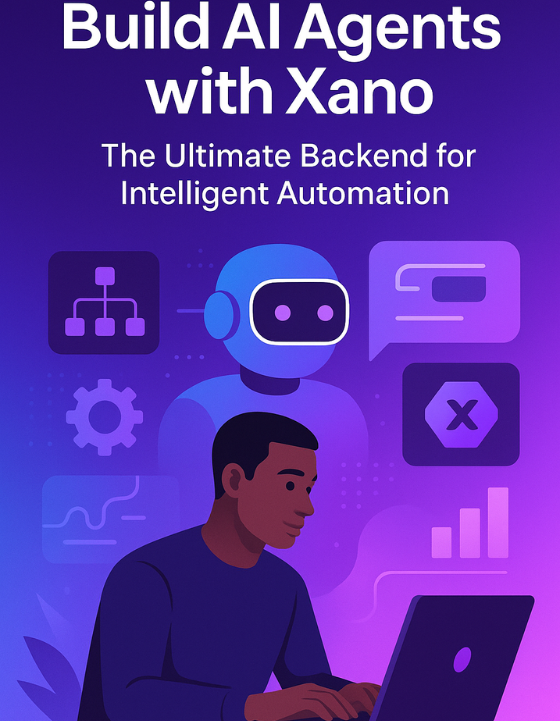
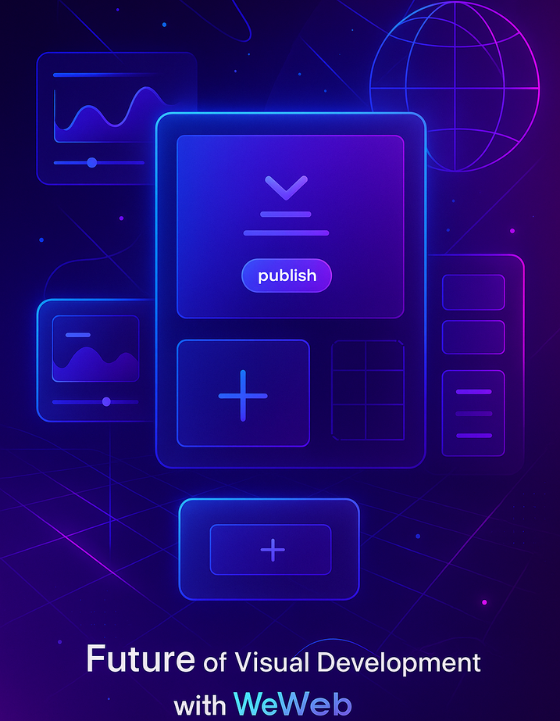
.png)
.png)
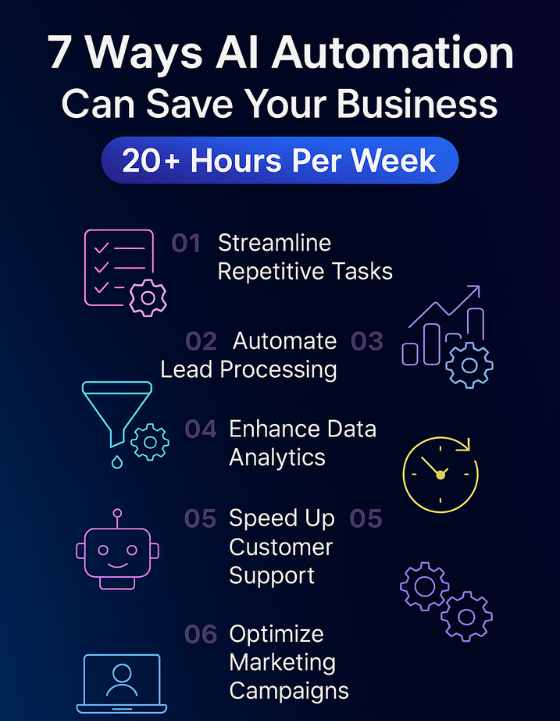
.jpg)
.jpg)
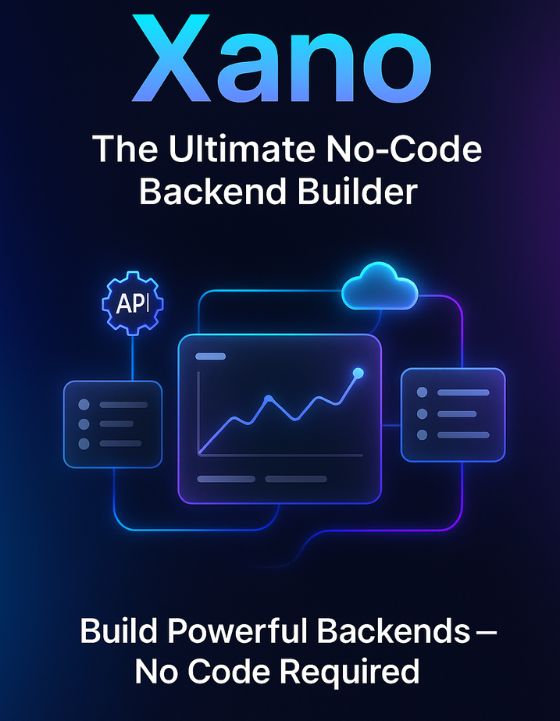
.png)
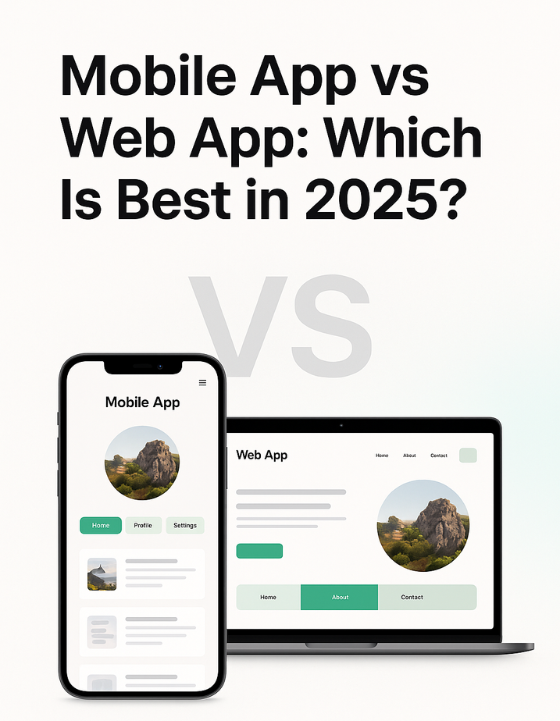
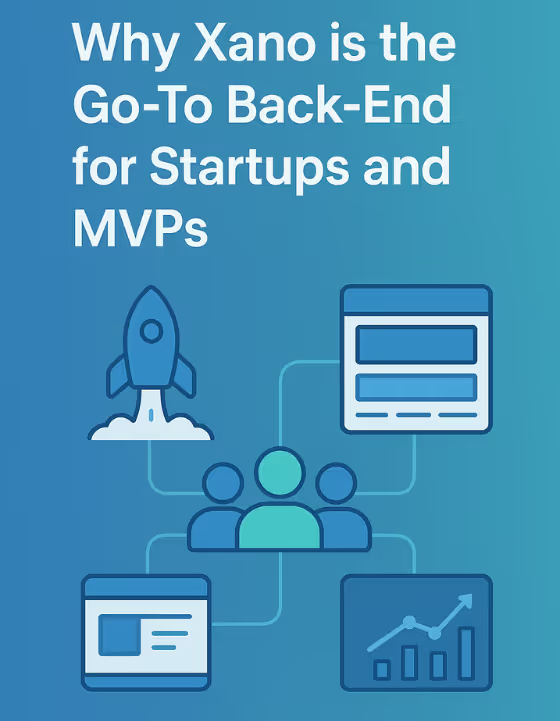



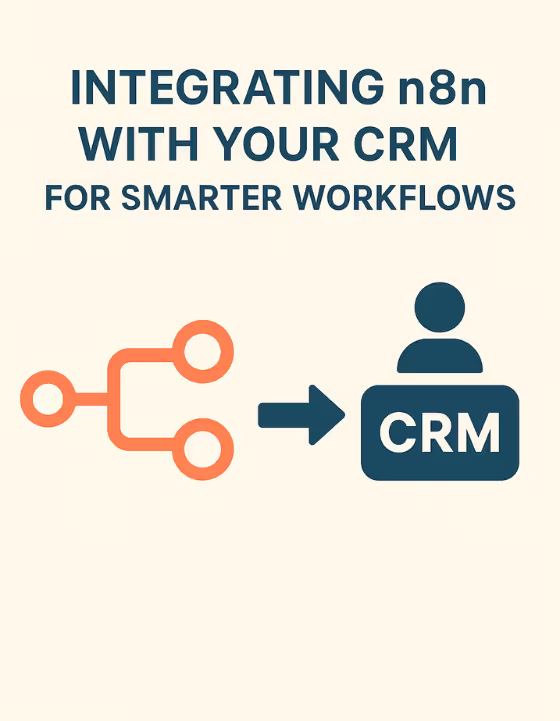
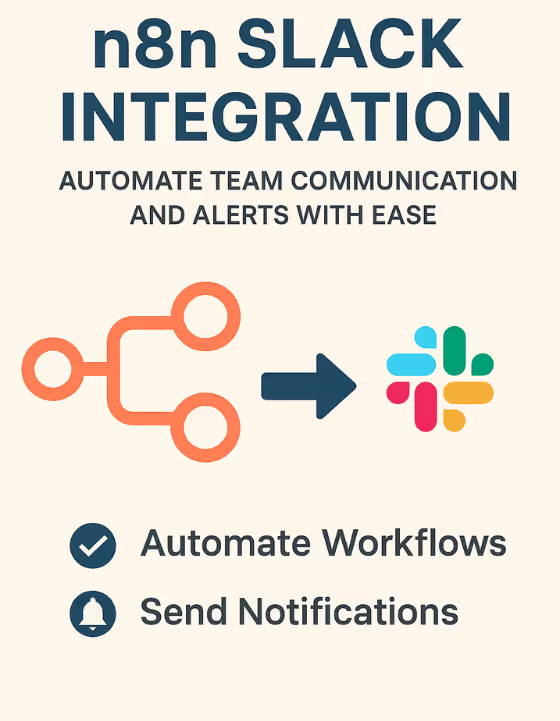




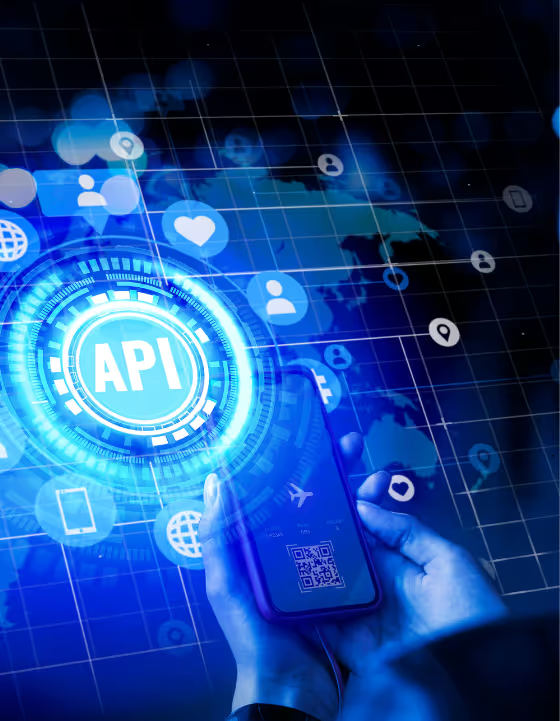








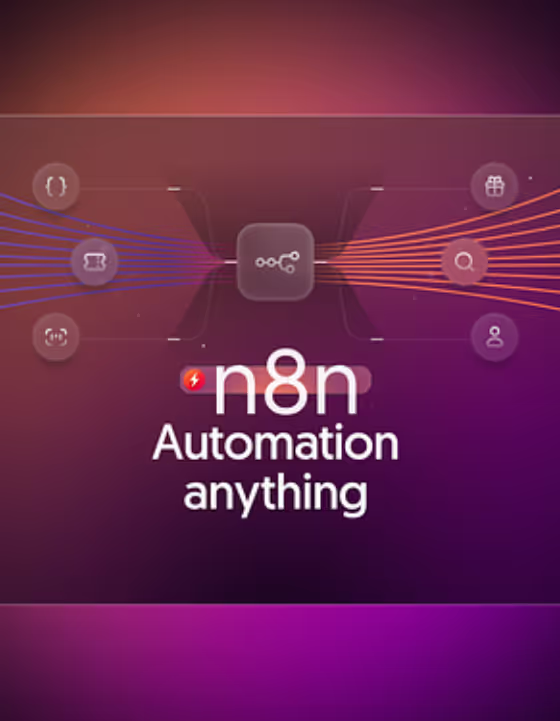


.avif)






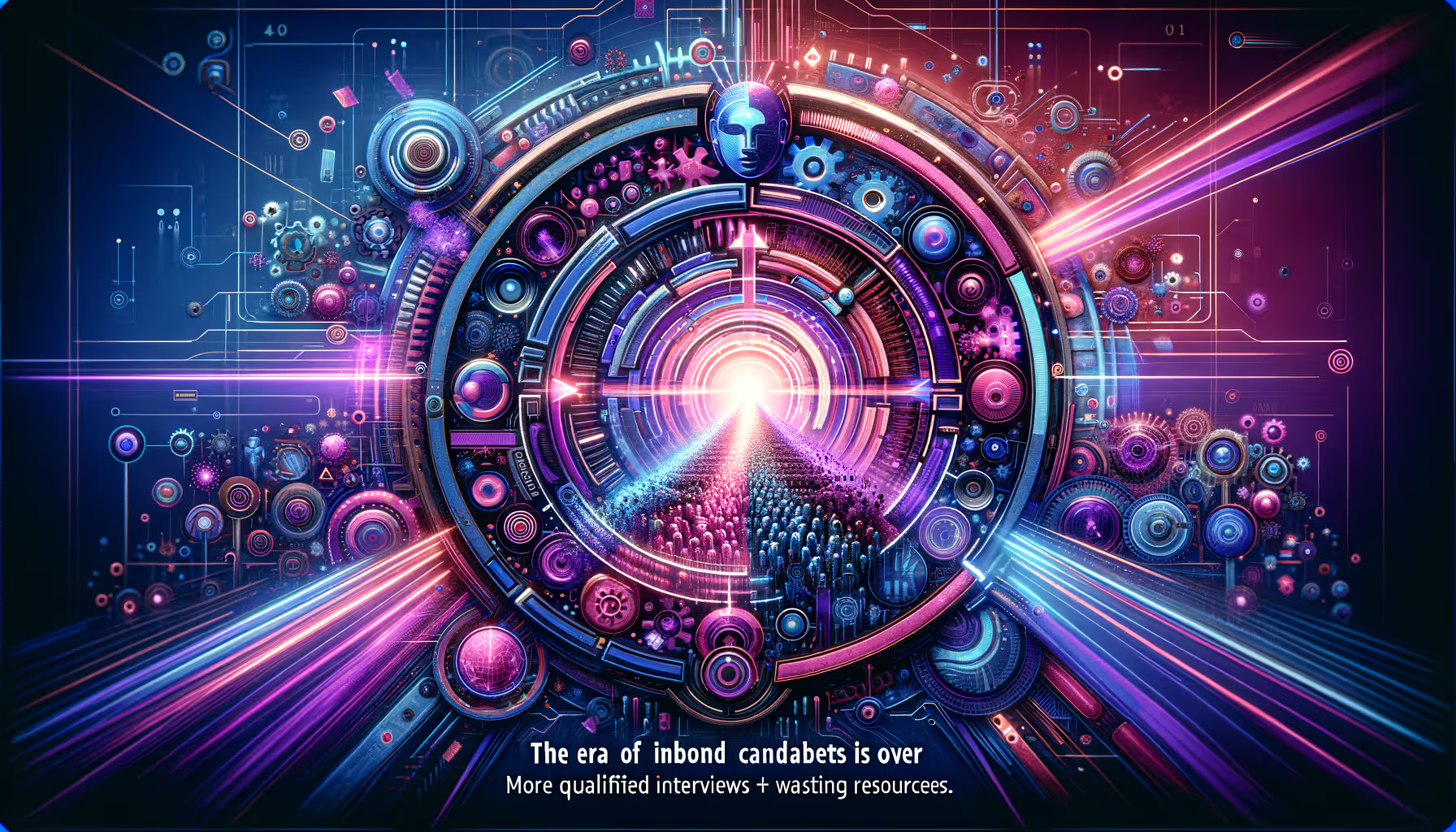
















.avif)














.avif)

.webp)





